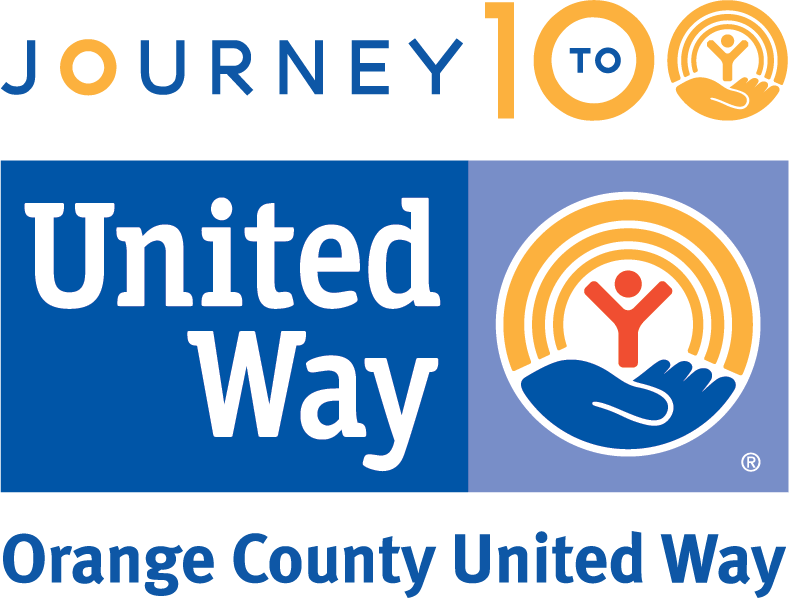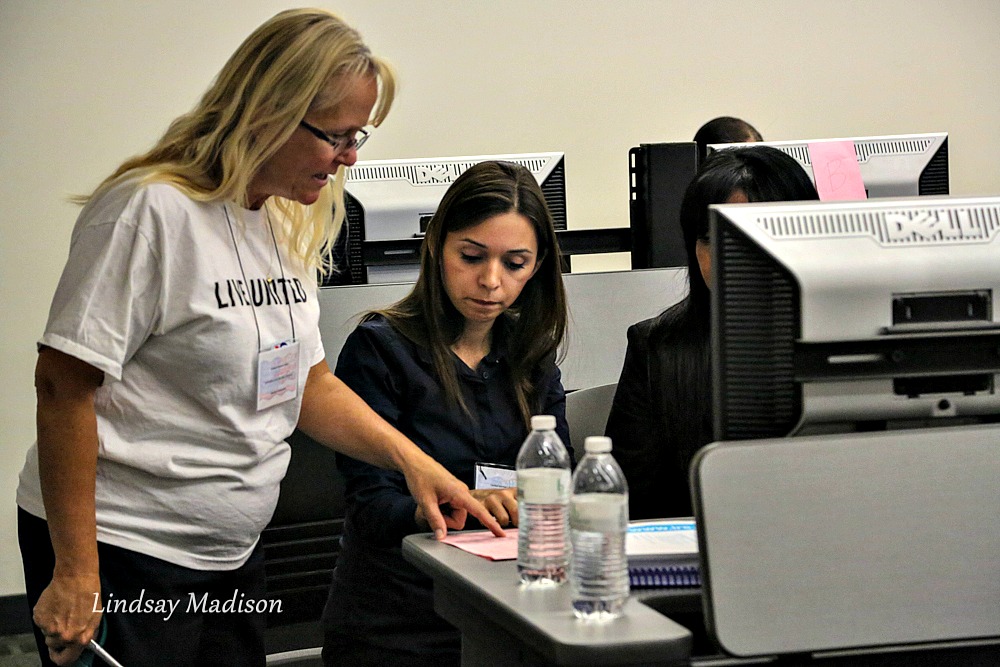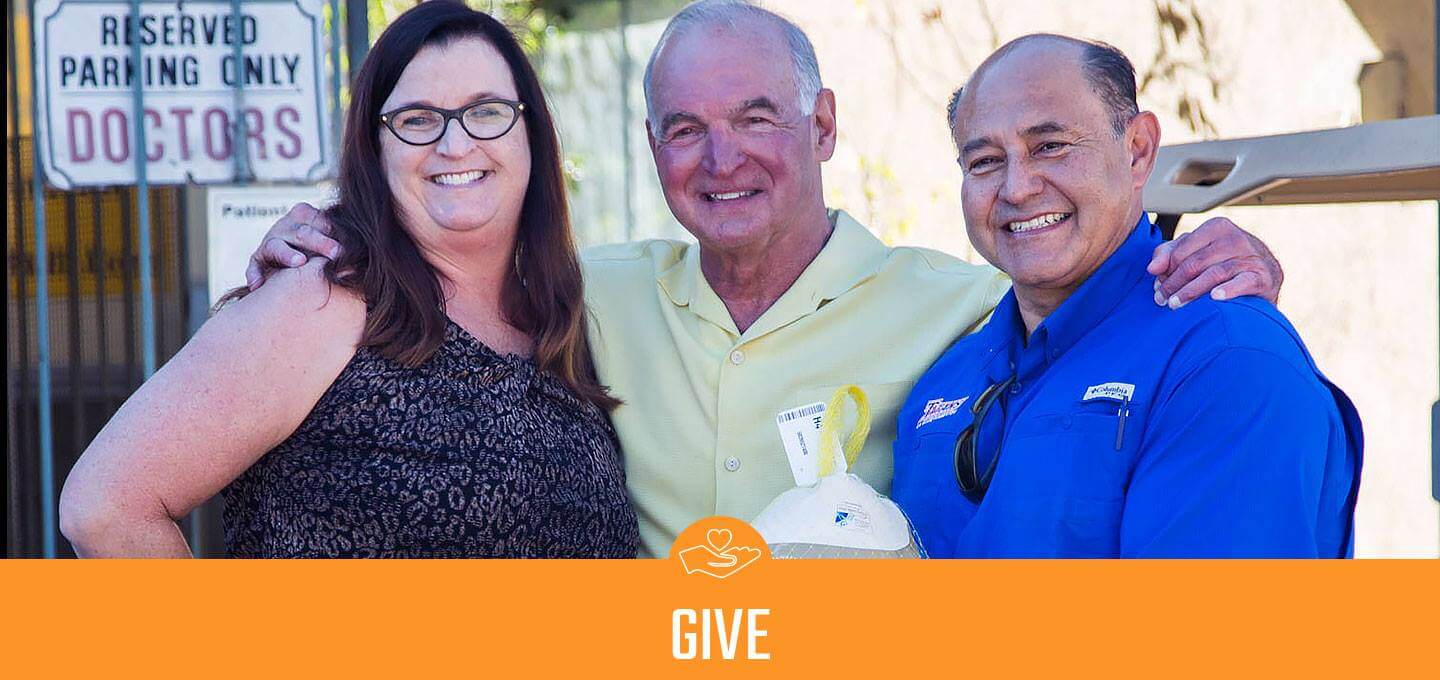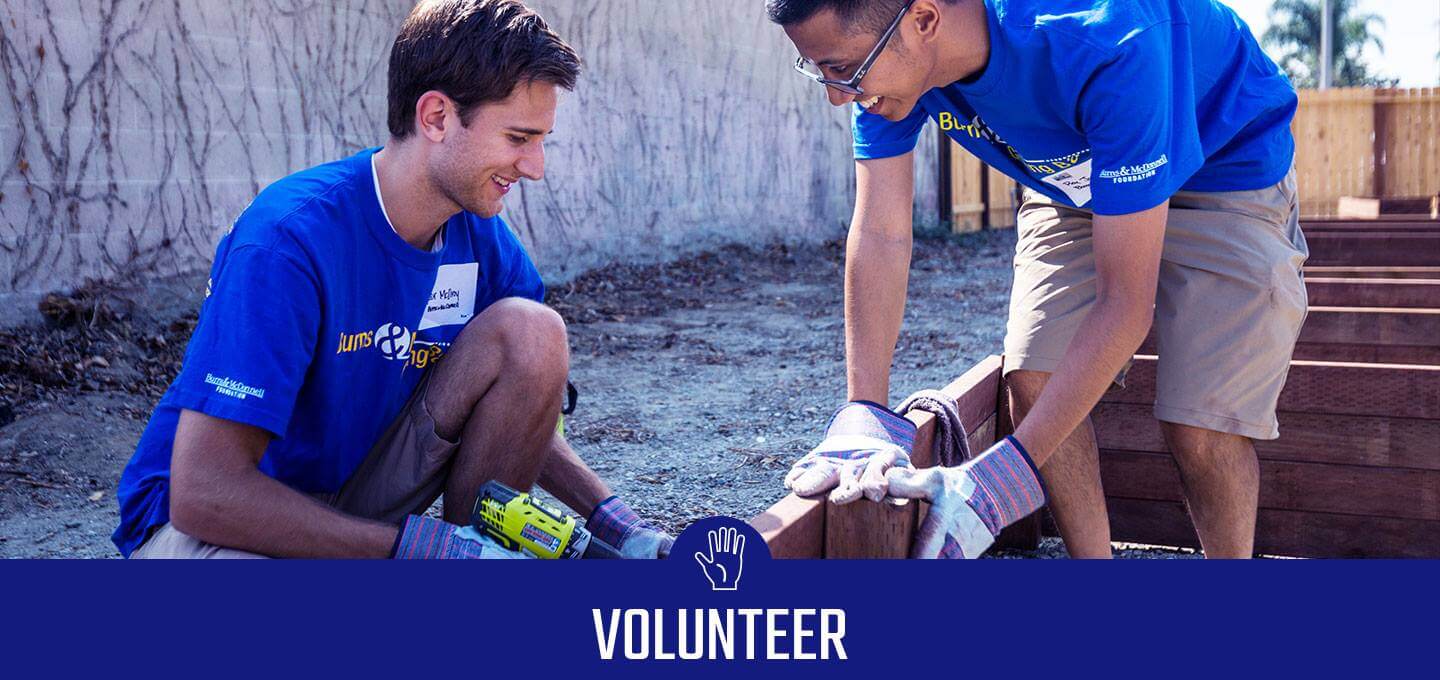Navigating and Reimagining Workforce Development in the New Normal

Assisting today’s jobseekers and supporting our most vulnerable families in OC in order to help create a thriving economy for all.
The past 24 months have taken a toll on the workforce, both locally and nationally. Despite accelerated vaccine rollouts and economic re-opening plans, unemployment continues to impact communities throughout Orange County. It has become increasingly clear that economic recovery will be a process as we face the long-term consequences of the COVID-19 pandemic.
Trends are indicating more automation and an increase in remote work. However, in many cases, the workers most vulnerable to automation are those who were hit hardest by the pandemic, which disproportionately affected job security in sectors with high numbers of non-technical, entry-level jobs, such as dining, retail, hospitality, and tourism.
Additionally, many of our vulnerable residents are not yet ready to return to work as they are still trying to navigate this new normal. Many of them were already struggling to make ends meet and, after losing their sense of security due to layoffs or furloughs during the pandemic, they are now dealing with the snowball effect of issues that followed—lack of childcare, health and safety concerns, and securing a job with a livable wage. They are juggling a unique set of challenges while trying to provide for themselves and their families.
So, what will it take to get people back to work? And how can we support our most vulnerable families in Orange County while helping to create a thriving economy for all?
It’s imperative that we recognize that the demand for workforce skills is changing and we need to be prepared to adapt. This includes reimaging workforce development by creating programming that teaches people to find meaningful work—not just a job, but a career that will help them create a savings and build for tomorrow. Our goal cannot simply be to raise funds to provide assistance in the short-term, but to create lasting change through education and mentorship.
Over the next four years, 20,000 tech jobs will become available in Orange County. We need to make sure we have the talent to fill those jobs locally. This will require county educators and workforce development professionals to focus on Orange County’s residents who face the double displacements of automation and the impacts of the COVID-19 economic downturn. Skills development programs will need to focus on both transferable “soft” skills and currently in-demand “hard” skills, and should target mid-career professionals and unemployed adults as well as students.
As the demand for certain workforce skills (i.g. digital fluency) increases, we must work to bridge the digital divide and provide access to training. We need to be looking for ways to provide career paths for job seekers by implementing educational programs that will upskill and train them for in-demand fields that pay a living wage (data storage and operations, networking, software development, cyber security) while simultaneously incentivizing employers to rethink hiring processes. In short, we must recognize where there is a need and provide programming to equip people with the necessary skills to meet that need.
The future of Workforce Development in Orange County
Orange County will not be positioned to remain an economic engine of Southern California unless concerted efforts are made to ensure all residents can afford to both live and work in the region. If these workforce development issues are not addressed, young professionals and families will continue to move out of the region to areas with lower housing costs and more housing options.
Consequently, this presents a huge opportunity for anyone in charge of hiring to rethink how we assess talent and what qualifications are required to get an interview. Currently, 96% of tech jobs require a Bachelor’s degree. This is an immense barrier for many individuals in Orange County and perpetuates a hiring system that is not equitable and lacks diversity. Therefore, it serves both employers and job seekers to address the skills gap by considering a competency based framework when filling positions. However, in order for this to be successful, we must train people with the desirable skills and companies must also agree to look at experience rather than degrees. If we can achieve this, hiring will become more inclusive and positions will still be filled by the most talented recruits.
Ways we can achieve this:
- When posting jobs, instead of requiring a BA, consider what skills you’re actually looking for and list those.
- Prepare job seekers with opportunities that provide the experience needed to fulfill job requirements.
- Create a training program where people can learn the skills required to work at your company and build your own internal pipeline.
Ideas for workforce development professionals to adapt and thrive in the new normal:
- As the need to fill positions remains high, employers need to remember that candidates now have many choices. What sets you apart? What is included in your benefits package? Including the option to work remotely may be something to consider offering as a benefit.
- More than ever, job seekers are looking for remote work in order to create a better work/life balance. This is a very sustainable model and employers need to be innovative in figuring out how to make it work for both the business and employees.
- Offering opportunities to learn and grow are becoming increasingly essential in company culture.
- Utilize resources. Local Workforce Development Boards are available to both support organizations and help job seekers navigate their next steps.
As we forge ahead in the new normal, it will be imperative to adjust and innovate in our workforce development efforts to create an equitable workforce that includes our most vulnerable families. If we work together and remain committed to developing creative solutions and equitable opportunities, our community can be a model for recovery while making Orange County better and stronger.
Want to get involved or learn more about workforce development?
If you would like to support our workforce development programs, we encourage you to:









